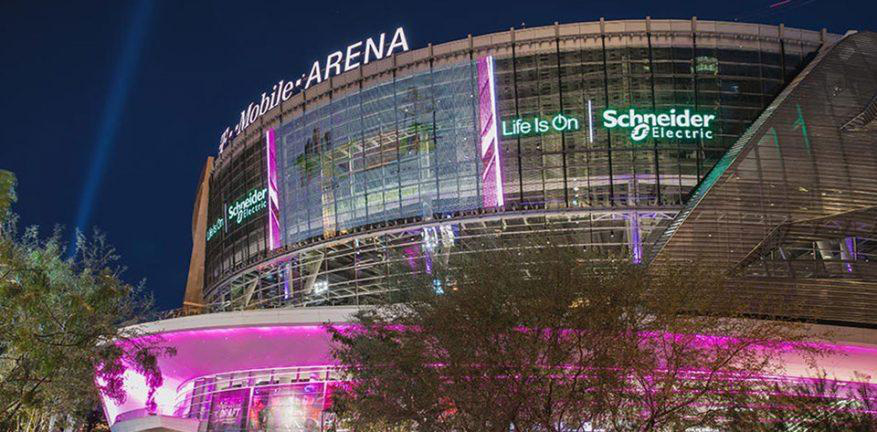Within the framework of the event, Mr. Do Nguyen Hung, Deputy General Director of Project Division of Schneider Electric Vietnam Company shared about Building of The Future. Thereby, he encouraged investors and building owners not only to build a “smart” building but also to build a “healthy” building that meets the needs of future customers. future through digital solutions to solve 4 main problems: optimizing space use, improving the health of occupants or users in the building, improving employee experience, minimizing costs building operating costs.
Buildings need to change to face future events
According to the International Energy Agency, buildings consume about 30% of the world’s energy during construction and operation, and account for 40% of annual global greenhouse gas emissions. Meanwhile, people currently spend up to 90% of their lives in buildings.

Smart building using EcoStruxure technology from Schneider Electric. Source: Schneider Electric
Therefore, according to Mr. Do Nguyen Hung, the building of the future no longer focuses solely on architecture, but needs to change and develop sustainably through the application of digital transformation, especially the Internet of Things from from construction to building management to achieve four key components including: Sustainability, resilience, ultra-efficient and people-centred operations.
First of all, the building needs to be designed and equipped with a flexible energy system, diversifying power sources and reducing CO2 into the environment. Then the building has the ability to withstand challenges, unexpected breakdowns, and quickly recover. In terms of super-efficient operation, the building also needs to be operated seamlessly on a digital platform and leverage real-time data to react and process more quickly and efficiently. with lower cost.

Mr. Do Nguyen Hung shared at VNITO Tech Series 2021 event. Source: Schneider Electric
In addition, the Schneider Electric representative especially emphasized that the building in the future needs to be human-centered, becoming a “healthy” building, which means that the building must be designed in accordance with the thoughts and needs of people. enjoy and provide a safe and healthy environment for users.
How to build and operate a “healthy” building for the future?
A “healthy” building is a higher level of smart building that ensures all aspects of health – including physical, emotional, intellectual, spiritual, occupational, environmental and social festival. A “healthy” building can ensure return on investment through: Reducing insurance costs by helping to reduce employee sick leave by 3.5 days a year; Increase staff reliability and loyalty by helping to increase employee awareness scores by 101% in a well-ventilated environment; Offers the opportunity to make a difference to your buildings with the ability to earn certifications including WELL, Fitwell and RESET, resulting in a 20% increase in rentals.

Mr. Do Nguyen Hung shared at VNITO Tech Series 2021 event. Source: Schneider Electric
At the event, Mr. Do Nguyen Hung, representative of Schneider Electric, also introduced the “healthy” building development process so that facility managers and building owners can consider when building, upgrade and operate.
First, it is necessary to maximize the efficiency of software application space to monitor usage in real time and determine if desks, offices and rooms maintain a safe distance; monitor occupancy, capacity… to adjust office layout according to safety regulations.
Secondly, it is necessary to promote the health of building occupants by using a system to regulate and ensure optimal humidity that meets health standards of ASHRA & EPA organizations; Check air circulation, monitor CO2 & VoC (organic compounds) levels and maintain odor levels.
Third, improve the employee experience by integrating effective direct communication features, while simplifying access to digital information and tools for employees, and quickly updating them. Update the regulations, the operating status of the building in the post-pandemic time.
Finally, building operating costs should be reduced by collecting and analyzing insights through coordinating and connecting sensors to determine where and when problems should be addressed. When cleaning a building is needed, for example, the system can direct cleaning resources to focus on areas or amenities that have been used and reached the threshold for cleaning.
To learn more about Schneider Electric Vietnam’s solutions for the healthy building of the future, please visit https://www.se.com/vn/en/work/campaign/buildings-of- the-future/healthy-buildings.jsp
.